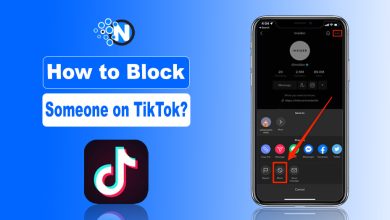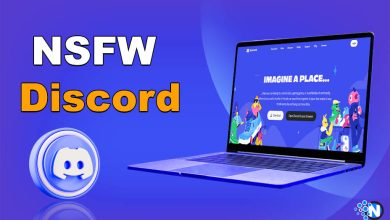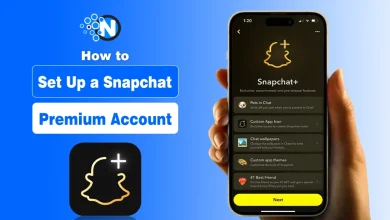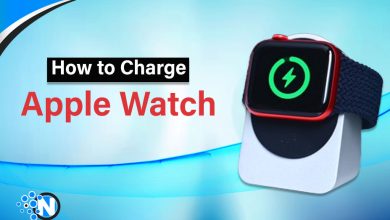How to Make an Editable QR Code in 5 Easy Steps
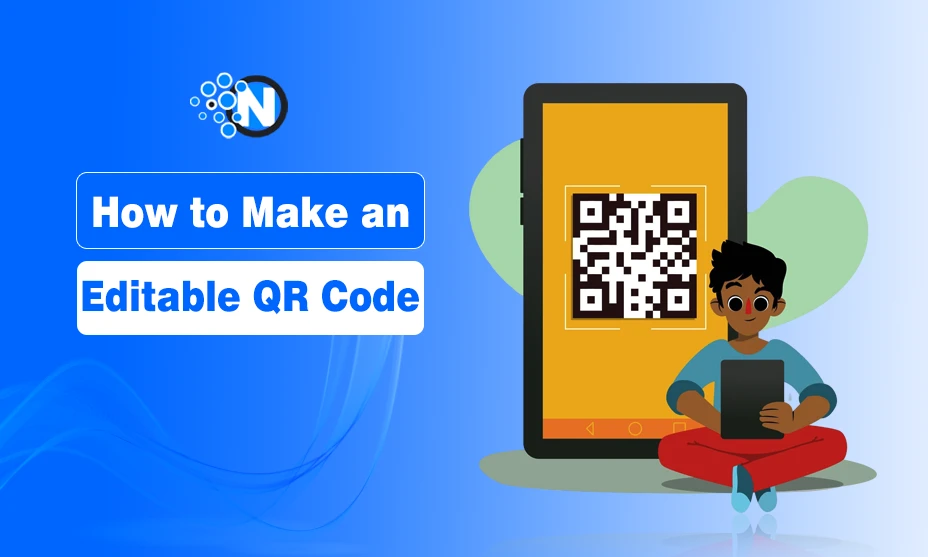
Want to know how to make an editable QR code? First, let’s understand the difference between dynamic and static QR codes.
Dynamic QR codes, which are modifiable, make information sharing and updating easy and flexible.
Unlike static QR codes, which cannot be altered after creation as they store data permanently, dynamic codes allow users to update the information anytime without spending a fortune to create a new code.
This makes them the perfect tools for anyone looking to keep their content fresh and updated all the time.
How to Make An Editable QR Code
The editability of dynamic QR codes works in two ways: first, it allows users to change their content, and second, it allows users to tailor the codes’ designs according to the new branding or content.
Here’s how to make an editable QR code in five simple steps:
Step #1: Choose a good QR code generator
The first step is picking a good code maker, which could be free or paid.
It is important to choose a free QR code generator that is easy to use and offers features such as tracking, analytics, and advanced customization.
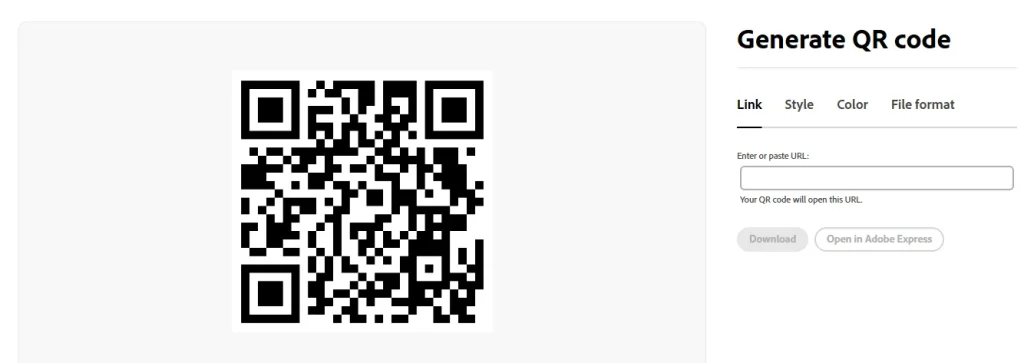
Step #2: Add your content
The dynamic QR code creation process is pretty straightforward.
You only need to follow the prompts to add your content, such as a PDF, URL, contact information, or whatever you want to share.
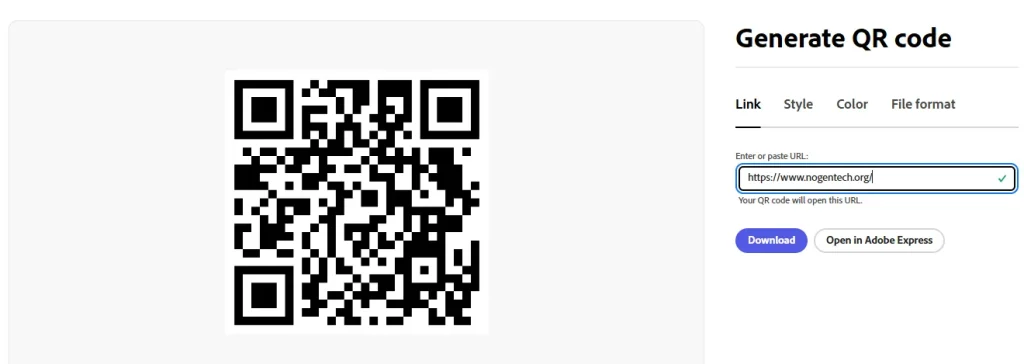
Step #3: Customize the code’s design
An advanced QR code maker allows you to add a logo, personalize the design, and adjust the color of your code to match your brand’s features.
A golden rule to remember when customizing the code’s design is to make it simple enough to ensure easy scanning yet sophisticated enough to be visually appealing.
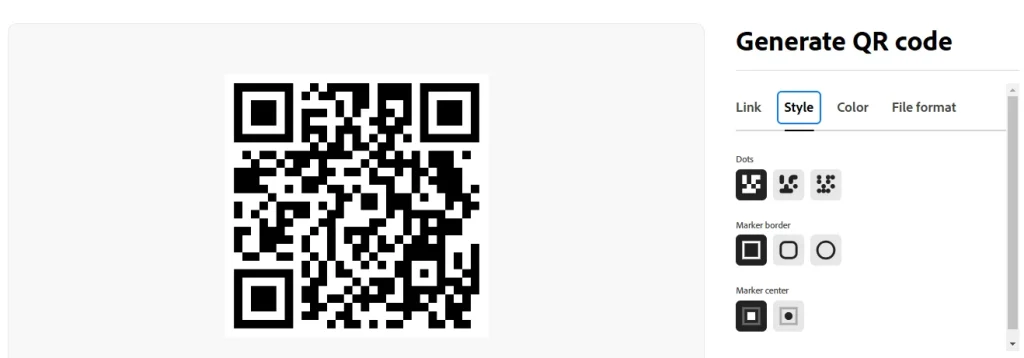
Step #4: Generate and test
Once you are satisfied with your design, you can click generate to produce your code. It is always a good practice to test the code before using it.
You can scan it with your phone and at different distances to ensure it works fine and links to the correct content.
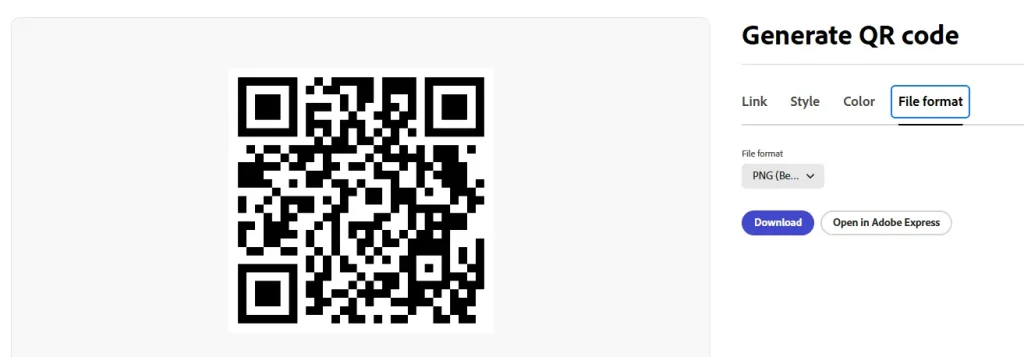
Step #5: Update the code
You can always modify QR code content as needed.
All you have to do is log into the QR code generation platform and use the QR code editor to make the necessary updates and save the changes.
Why you Should Create Qr Codes On A Dynamic Qr Code Generator
A dynamic QR generator allows you to create dynamic QR codes that support advanced features aside from content and design editing, such as password protection and expiration dates.
Let’s explore them one by one to help you understand why using a dynamic generator is a smart choice.
Trackable
Dynamic codes have a tracking feature that is not present in static QRs, allowing you to access real-time data about every scan. This level of detail allows you to better understand audience behavior and tailor campaigns or strategies accordingly.
You can also take things further by pairing the generator with another analytics software such as Google Analytics. This will enable you to gain insights about key performance indicators while monitoring user journeys.
Secure with a password
Dynamic QR codes are more secure than traditional static codes, offering additional security. With password protection, you can ensure that only targeted users gain access to the linked content.
This feature is especially useful when the linked content is sensitive information, such as private documents or RSVP invitations. You can confidently share information without worrying about breaches.
Set to expire
QR codes in dynamic mode let you set expiration dates for uploaded content so that users cannot access it after the set date or after a specific number of scans from a device.
This is very useful when running time-sensitive campaigns and limited offers, as it sets a sense of urgency, attracting people to scan as soon as possible and reveal the code’s prized content.
Tools to target And retarget audiences
Personalized marketing messages have been proven to generate higher conversions, and dynamic QR codes can be used to execute them.
However, like other advanced features, this feature can only be harnessed using an advanced QR code generator.
With one QR code, you can direct users to content or landing pages tailored to their needs. This segmentation can use factors like scan time, device language, and location.
Integrating it with retargeting tools like Google Tag or Meta Pixel allows you to use the same QR code to reach your audience again with follow-up offers or personalized ads.
Work with other software applications
Dynamic codes can be integrated with a wide range of software applications, such as customer relationship management (CRM) systems, email marketing software, or analytics software, making the QR code a more valuable tool.
For instance, you can link your code to inventory management software to facilitate product tracking or to a payment gateway to simplify customers’ purchase processes.
This lets you easily promote your offerings to your audience while ensuring all users enjoy a smooth experience.
Best Practices For Creating Customizable QR Codes
Let’s look at the following best practices to ensure your codes are both effective and user-friendly:
Design considerations
Design plays a very big role in code usage success. The more appealing a code is, the more eyes it will catch and the more it will be scanned.
To make the code appealing, you must balance using too many colors and overloading the design.
Using a QR code generator with logo functions is also important to add your logo and align your design efforts with your branding.
Content optimization
Statista says over 60% of QR code scans are done on smartphones. Thus, the code and content must be optimized for mobile.
In addition, ensure the linked content, such as landing pages, loads quickly and is free of errors, as a slow or broken link could lead to a poor user experience.
Testing before deployment
It is always best to test your codes before deploying them, even if they’re created using the best QR code maker.
This way, you can be sure that the content loads correctly and that the code scans well with various devices and lighting conditions.
Common Mistakes To Avoid When Using QR Codes
Watch out for these common mistakes that can reduce the effectiveness of your QR codes:
Linking to outdated or broken URLs
Users are often frustrated when scanning a code that leads to a broken or outdated URL.
When this is left unattended, it can damage your brand’s reputation and gradually affect code engagement.
To avoid this, you must keep track of your content and update links regularly and immediately. Also, be sure to double-check the content and URL after every update.
Sending too many users to one page
While it may seem like a good idea to send all your users to a single landing page, it is not. Doing this can lead to technical issues and slow down the user experience.
A Google study found that 53% of mobile website visits are abandoned if a page takes longer than 3 seconds to load.
This is why it is important to segment traffic and users when designing your QR code campaign.
By sending users to different landing pages based on factors such as interests and location, you will improve the user experience and ensure pages stay fast and functional.
Inadequate tracking and analytics
If you do not take advantage of the tracking and analytics features that come with editable codes, you will miss out on insights that can help you improve your campaign.
A dynamic QR maker platform offers insights into scan data and user demographics. Analyzing this lets you know what’s not working to refine your strategy and optimize your content accordingly.
Making the Flexibility Of Dynamic QR Codes Work For You
Editable QR codes are powerful tools that offer great flexibility and convenience for individuals and businesses looking to promote their brands.
By understanding how to make an editable QR code, you can optimize your QR code campaign efforts to improve conversions and maximize effectiveness.
Additionally, following the best practices and using a reliable and secure QR code generator enable you to make the most of your QR codes.

